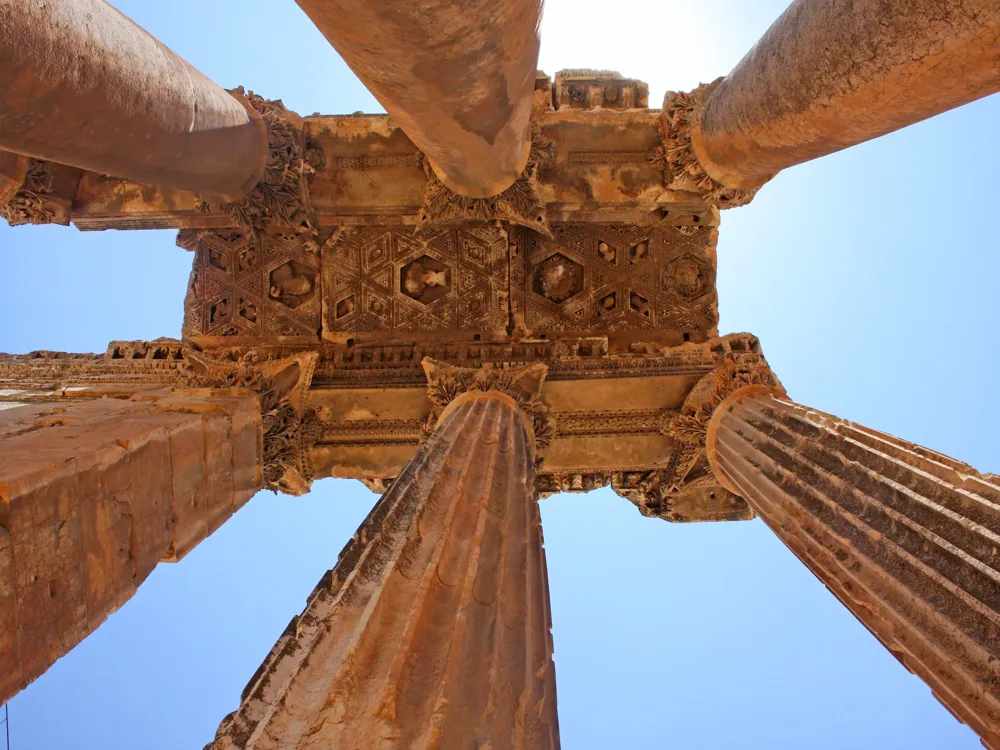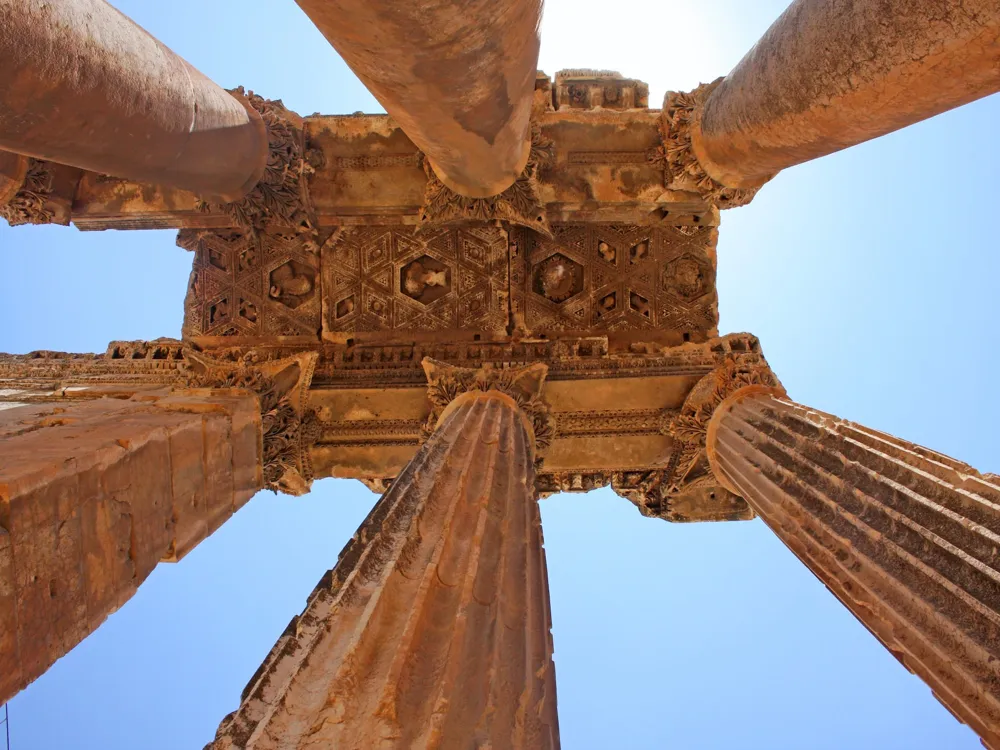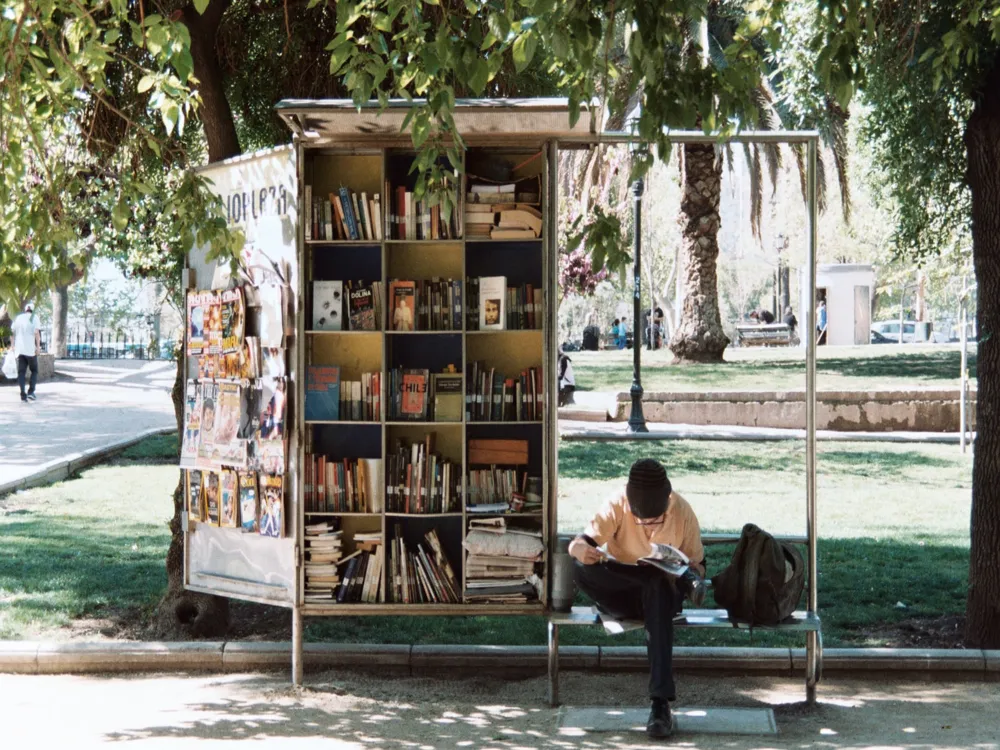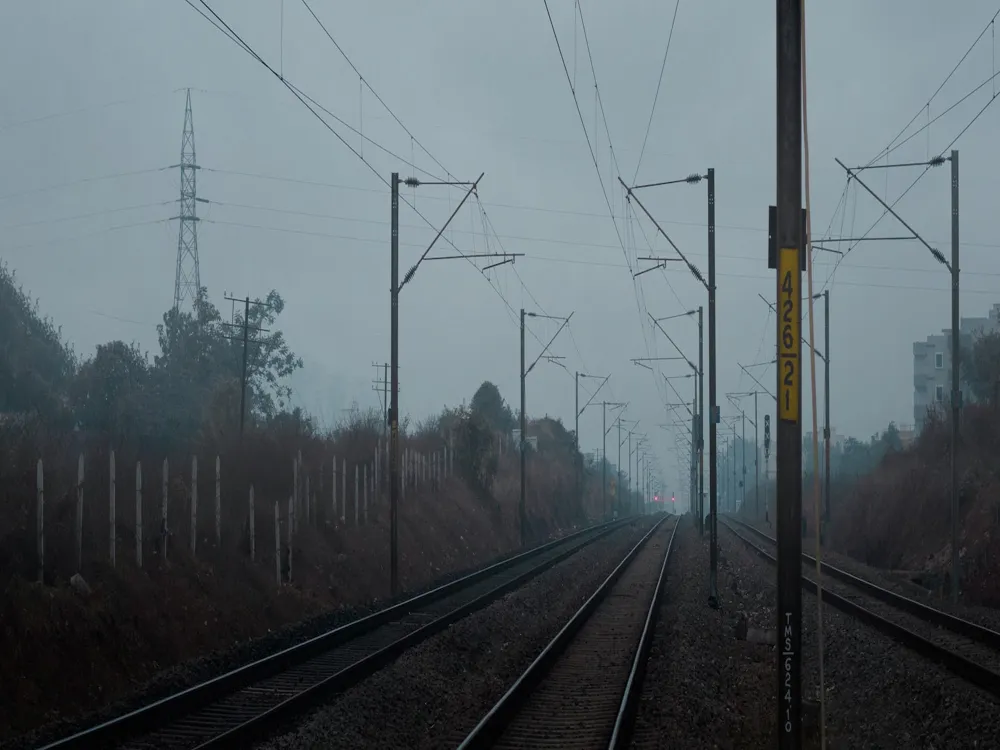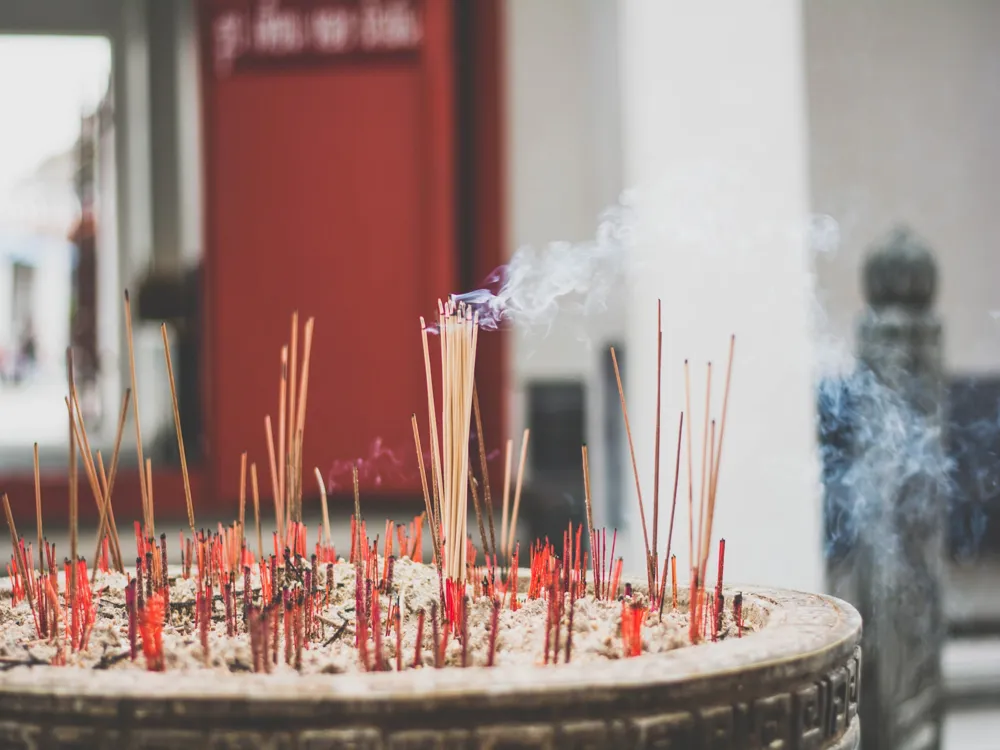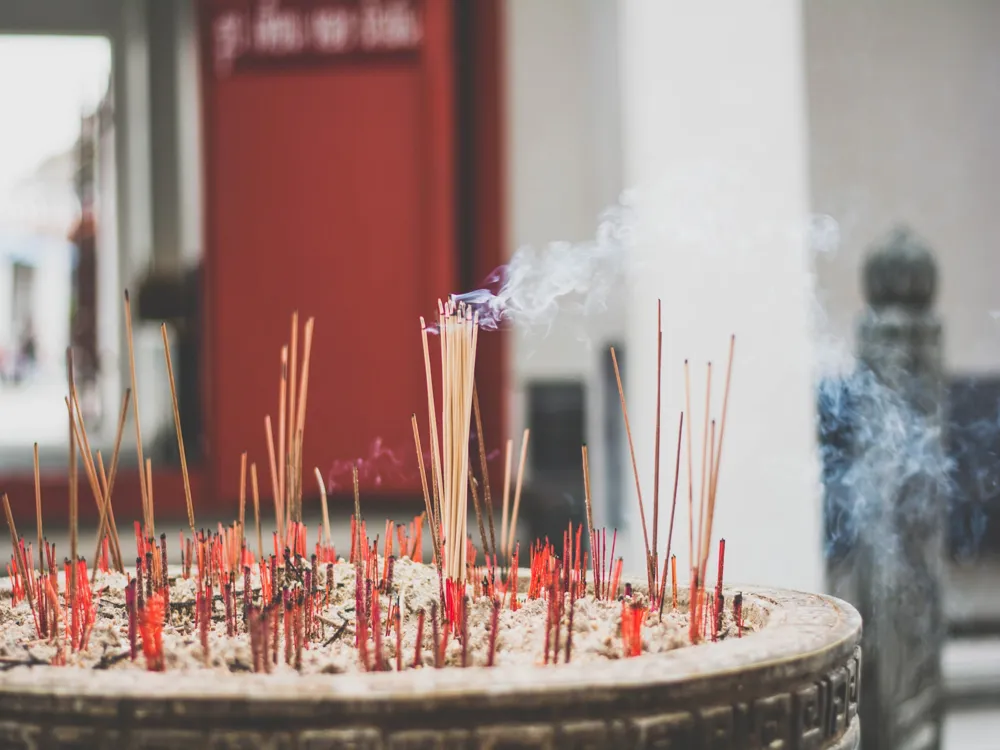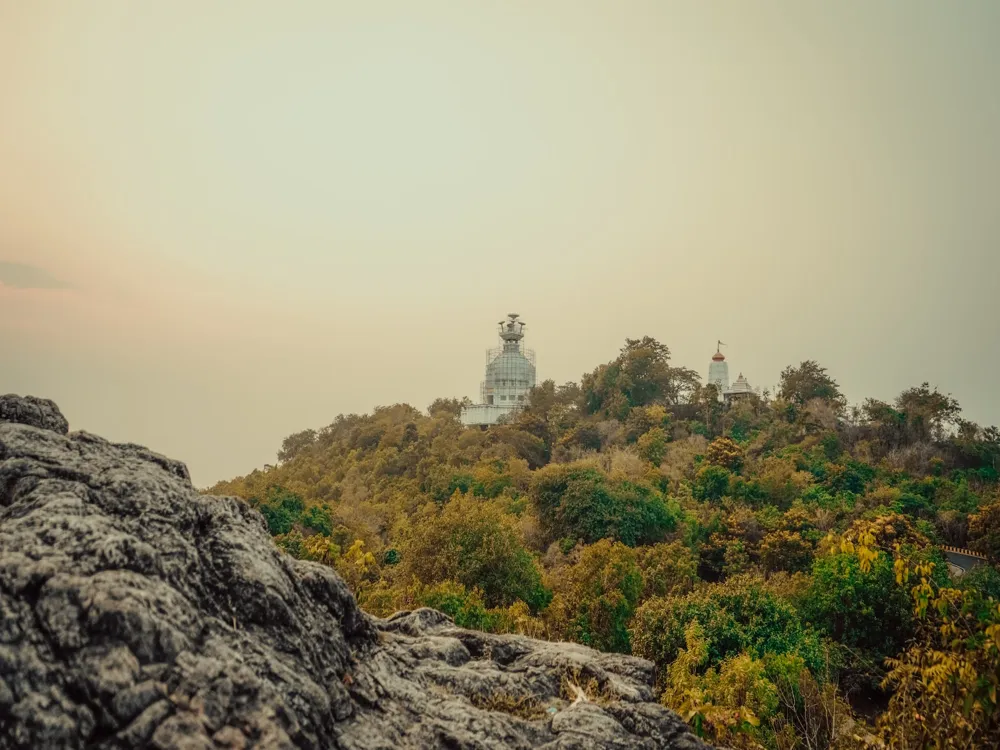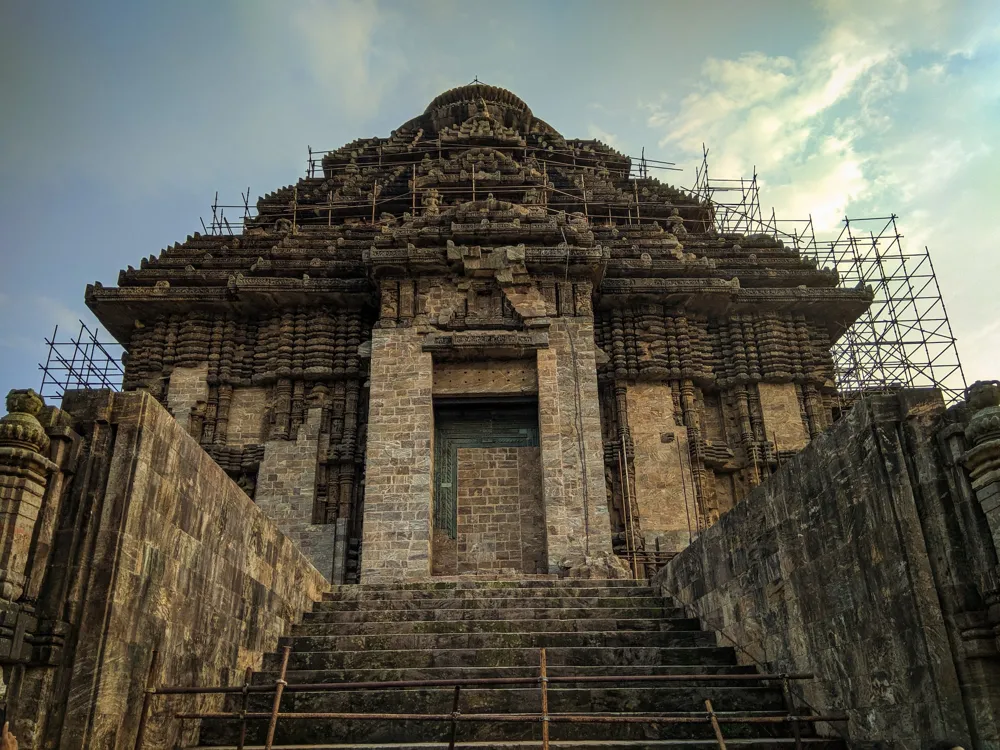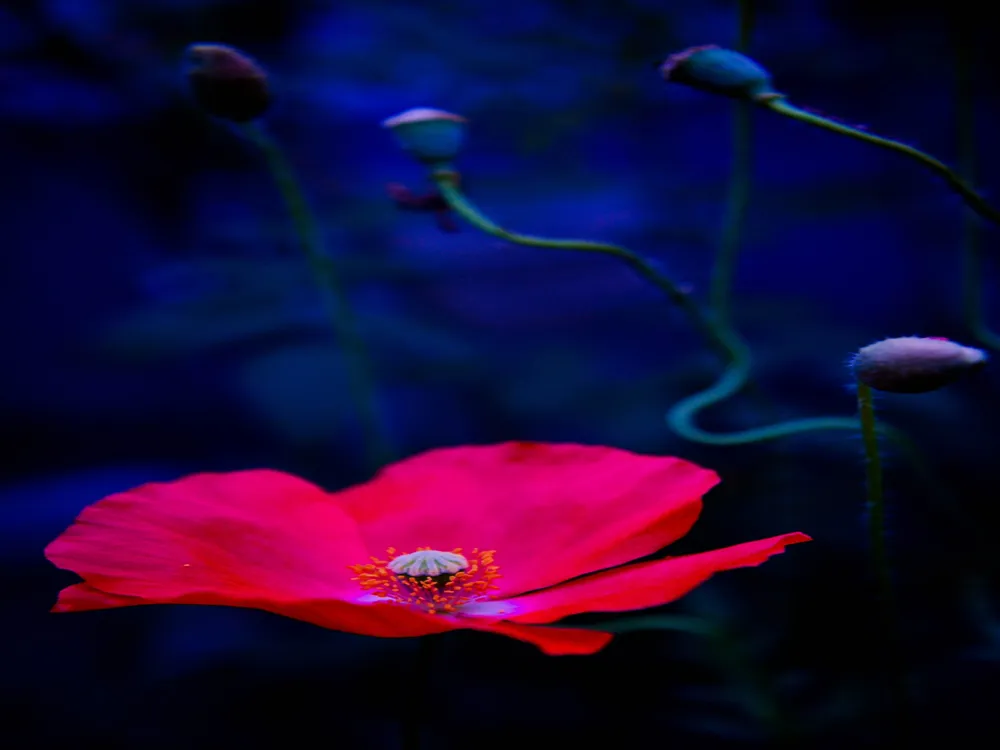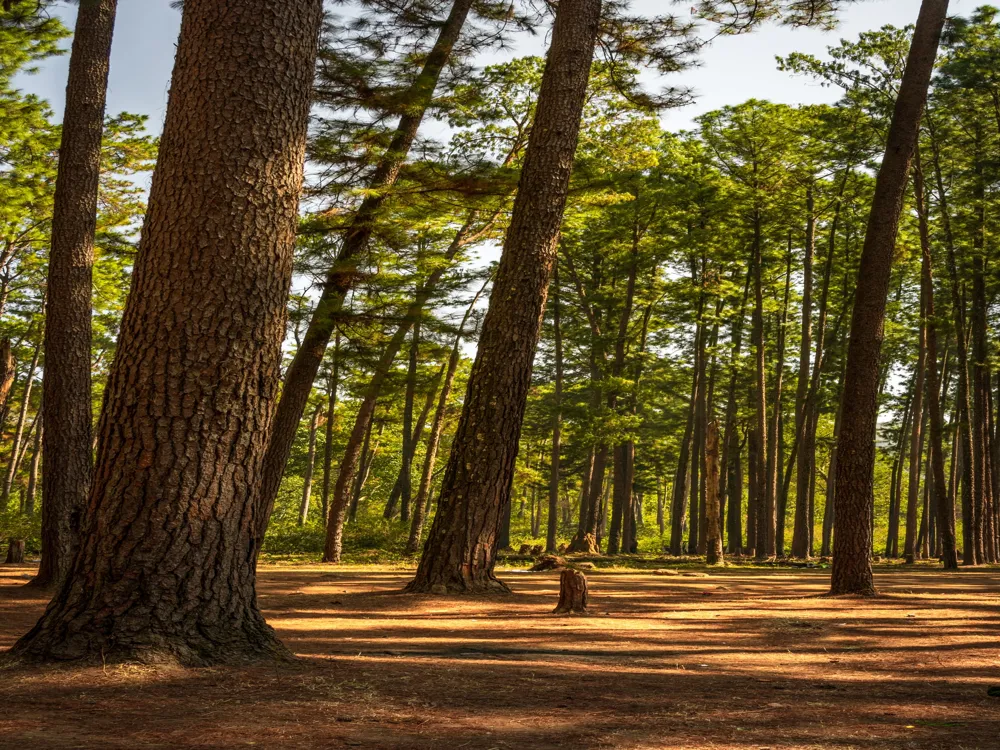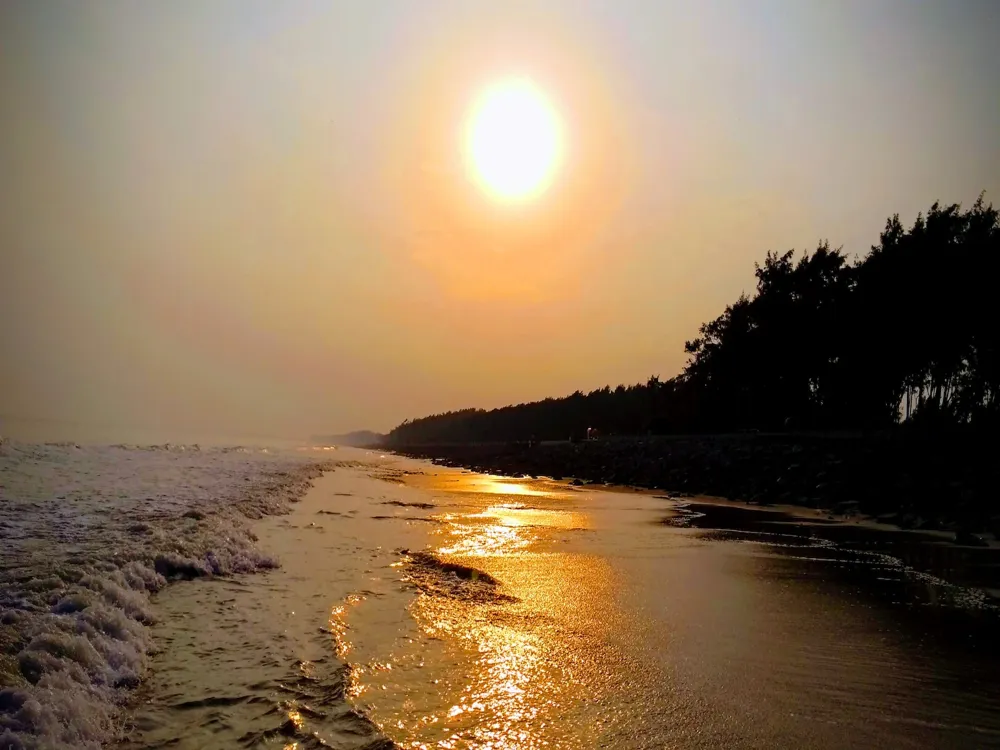The Orissa State Museum in Bhubaneswar stands as a beacon of Odisha's rich cultural and historical heritage. Founded in 1932 by two eminent historians, Professor N.C. Banerjee and Professor Ghanshyam Dash of Ravenshaw College, the museum has evolved from a modest collection of archaeological treasures to a sprawling repository of Odisha's history. Its diverse collections include rare palm-leaf manuscripts, traditional musical instruments, Bronze Age tools, and stunning folk and tribal art pieces. Visitors to the museum are taken on a journey through time, showcasing the region's vibrant past and evolution. The museum's galleries are dedicated to different themes, such as archaeology, epigraphy, numismatics, armory, mining and geology, natural history, art and craft, patta painting, anthropology, and palm leaf manuscripts. Each gallery is a window into the diverse aspects of Odisha's history and culture, offering a comprehensive and immersive experience. The museum is not just a treasure trove for historians and archaeologists but also serves as an educational hub for students and researchers. With its rich collections and archives, the Orissa State Museum plays a vital role in preserving Odisha's cultural legacy and promoting research in various fields related to history, art, and culture. The architecture of the Orissa State Museum is a harmonious blend of traditional Odia and modern design elements. The building's structure reflects the architectural brilliance of ancient Odisha, while incorporating contemporary features for functionality and aesthetics. The museum's layout is designed to facilitate an easy flow of visitors through its numerous galleries, ensuring a seamless and enriching experience. One of the unique architectural elements of the museum is its use of local materials and construction techniques, which resonate with the state's architectural heritage. The building's facade features intricate stone carvings and sculptures that are reminiscent of the famous temples of Bhubaneswar. This not only adds to the aesthetic appeal of the museum but also reflects the region's artistic traditions. Inside, the museum's spacious halls and well-lit galleries create an inviting atmosphere for exploration and learning. The use of natural light and open spaces is a testament to the thoughtful design that goes into making the museum a comfortable and engaging space for visitors. The museum's architecture, thus, stands as a fitting tribute to Odisha's glorious past and its ongoing cultural journey. Before visiting the Orissa State Museum, it's advisable to plan your trip. Check the museum's opening hours and any special events or exhibitions that might be taking place. Allocate enough time to explore the various galleries at a leisurely pace. Consider opting for a guided tour. The museum offers guided tours that provide in-depth information and insights into the collections and exhibits, enhancing your understanding and experience. Dress comfortably and appropriately for the weather. Bhubaneswar can be quite warm, so light, breathable clothing is recommended. Comfortable footwear is essential as there is a lot of walking involved. Check the museum's photography policy. While photography might be allowed in some areas, it may be restricted in others. Always ask for permission before taking photos, especially of sensitive items. Remember to respect the exhibits. Do not touch or damage any of the artifacts. Keep a safe distance to protect these valuable pieces of history. The Orissa State Museum is easily accessible from various parts of Bhubaneswar. It is located in the heart of the city, near the Kalpana Square. Visitors can reach the museum by various means of transportation: Read More:Overview of Orissa State Museum, Bhubaneswar
Architecture of Orissa State Museum
Tips When Visiting Orissa State Museum
Plan Your Visit
Guided Tours
Dress Appropriately
Photography
Respect the Exhibits
How To Reach Orissa State Museum
Orissa State Museum
Bhubaneswar
Odisha
NaN onwards
View bhubaneswar Packages
Weather :
Tags : Museum
Time Required : 1 to 2 hours
Planning a Trip? Ask Your Question
Bhubaneswar Travel Packages
View All Packages For Bhubaneswar
Top Hotel Collections for Bhubaneswar

Private Pool

Luxury Hotels

5-Star Hotels

Pet Friendly
Top Hotels Near Bhubaneswar
Other Top Ranking Places In Bhubaneswar
View All Places To Visit In bhubaneswar
View bhubaneswar Packages
Weather :
Tags : Museum
Time Required : 1 to 2 hours
Planning a Trip? Ask Your Question
Bhubaneswar Travel Packages
View All Packages For Bhubaneswar
Top Hotel Collections for Bhubaneswar

Private Pool

Luxury Hotels

5-Star Hotels

Pet Friendly







